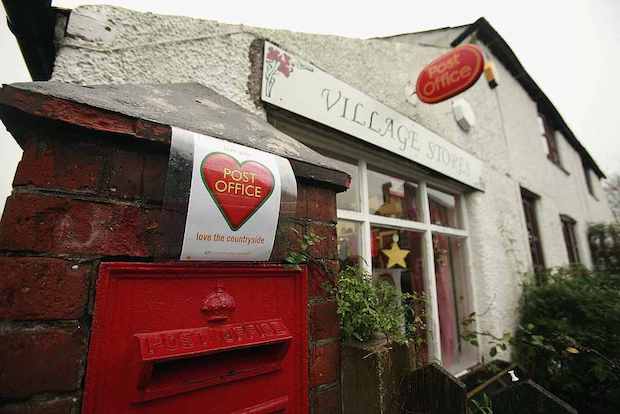It won’t shock you to read that bank branches are closing. They’re expensive to run, and fewer customers are using them. In fact just 11% of the UK population now prefers visiting a branch to carry out their banking business.
But behind these simple facts is a rather grim reality. In the next few years, many consumers will count themselves lucky to live near an old post office branch moonlighting as the last bank standing. This is pretty worrying stuff. And how we’ve got to this point has a dash of Bell Pottinger wizardry about it.
It’s so bizarre that I’ve been forced to scavenge the depths of the English language to find a word to describe it, and have had to borrow a phrase from 2008 Vice Presidential candidate Sarah Palin. Now, having to turn to Palin’s verbal dexterity can never be a good sign, but it’s time to call this out for what it is: backassward.
And here’s why. The big hope for the banking industry is focused on more competition (i.e. new banks) driving up standards and improving customer outcomes across the board. And although there’s no evidence of this just yet, it’s a common sense argument that is pretty easy to fall for hook, line, and sinker.
But what’s conveniently left out of this narrative is that progress won’t drive up standards for everyone. What we’ll end up with is a lumpy banking blanket, with large urban areas with attractive customer segments hogging the cushy bits, and everyone else counting themselves lucky that the post office hasn’t shut up shop.
Just like there’ll be winners and losers from Brexit, there’ll be winners and losers in the banking world of tomorrow. And trying to pretend otherwise prevents us from coming up with answers to hard questions like: what happens to communities with limited access to banking services? Or, what happens to older customers who haven’t hopped on the digital banking train?
It is of course true that there’s little point trying to hold back the tide of closing bank branches. Our data shows that 77% of UK customers prefer banking through digital channels, with mobile apps accounting for 33% of the total. Nothing reinforces this shift more strongly than the closure of the Campaign for Community Banking Service in 2016. Its founder was quoted as saying, ‘there’s no hope of changing anything. We’re realists.’
But the question of what happens to the communities and unattractive customer segments that end up with less competition really does deserve our attention. More competition may lead to better standards for the many, but for millions of customers, less competition and lower standards are on the cards. Any narrative that ignores this is simply backassward.
Having access to a banking branch remains important for lots of people. It may be surprising, but millions still rely on walking into a branch one or two times a week to do simple everyday tasks like viewing a balance, making a payment and withdrawing cash. And as a brief aside, reviews of new branchless banks like Paragon Bank are hardly cause for much joy.
New banks popping up are viewed as a shining example of how the industry is doing a better job for customers. And yet, disappearing bank branches will mean that swathes of consumers will have only one practicable banking option. Deploying mighty sounding words like ‘innovation’ and ‘progress’ shouldn’t blind us from questioning who’s going to get left behind.
This type of progress simply won’t be for everybody, and for a not too small minority, standards will fall. The digital banking train may have departed, but those that fall off won’t enjoy the ride very much.
Mike Fotis is the founder of Smart Money People and a former financial services consultant.






Comments